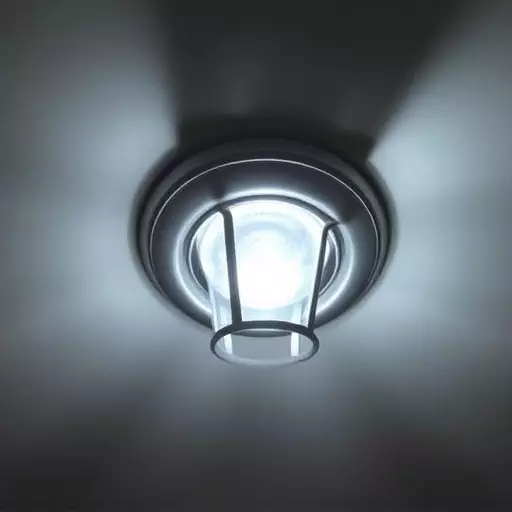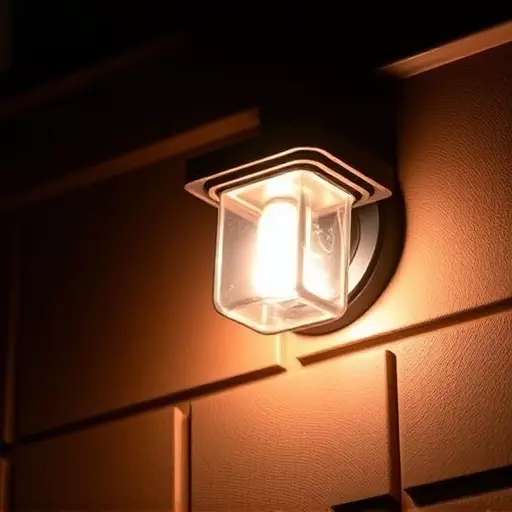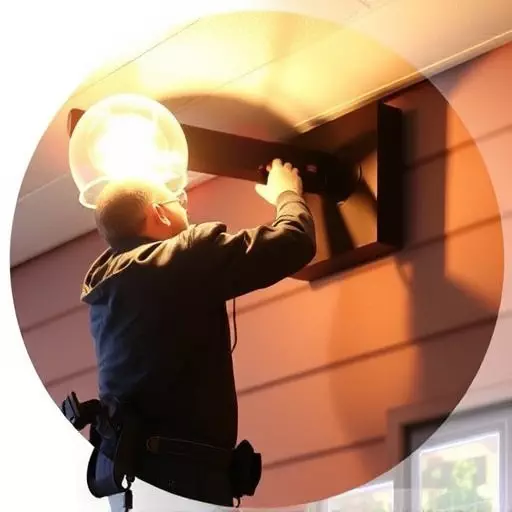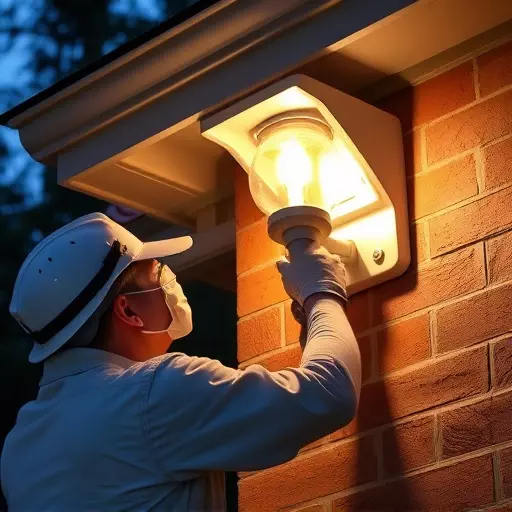In Spring Lake, regular emergency light maintenance and prompt replacements are crucial for construction site safety, regulatory compliance, and accident prevention. Following Emergency Light Replacement Guidelines involves routine inspections, testing, record-keeping, and quick supplier ordering to ensure worker visibility during emergencies. Utilizing professional emergency light replacement services specializes in assessments, installation, and maintenance, enhancing evacuation efficiency and power outage management, ultimately prioritizing the well-being of workers across bustling construction sites.
In the bustling construction sites of Spring Lake, emergency lighting is not just an option—it’s a crucial safety measure. This article delves into the importance of understanding and adhering to emergency light replacement guidelines, highlighting the potential risks of neglected equipment. We explore the significance of regular maintenance and timely replacement, as well as the benefits of engaging professional emergency light replacement services for optimal site safety. Discover how these steps can transform your construction site into a safer environment.
- Understanding Emergency Light Replacement Guidelines for Construction Sites
- The Importance of Regular Maintenance and Timely Replacement in Spring Lake
- Exploring Professional Emergency Light Replacement Services
Understanding Emergency Light Replacement Guidelines for Construction Sites

Understanding Emergency Light Replacement Guidelines for Construction Sites is essential in ensuring safety and compliance. In Spring Lake, construction sites are required to have functioning emergency lights to guide workers during power outages or evacuations. Regular maintenance and timely replacement of these lights are crucial aspects of workplace safety protocols.
Emergency light replacement services should adhere to specific guidelines, including regular inspections, testing, and prompt repair or replacement of faulty equipment. By staying up-to-date with these guidelines, construction site managers can maintain a safe environment for their workers. This involves keeping records of light functionality, ensuring proper storage and handling of emergency lights, and promptly ordering replacements from reliable suppliers to avoid disruptions in case of an emergency.
The Importance of Regular Maintenance and Timely Replacement in Spring Lake

In the dynamic landscape of construction sites, ensuring safety and compliance is paramount. One often-overlooked yet critical aspect is regular maintenance and timely replacement of emergency lights. Spring Lake, with its bustling construction activity, demands meticulous attention to these safety measures. Emergency light replacement services play a pivotal role in maintaining a secure working environment, adhering to industry standards, and preventing accidents.
Adhering to emergency light replacement guidelines is not just a best practice; it’s a necessity. Regular inspections and prompt replacement of faulty or aged-out lights are essential components of comprehensive safety protocols. By prioritizing these measures, construction sites in Spring Lake can enhance visibility during power outages or emergencies, ensuring the safety and well-being of workers and facilitating efficient evacuation procedures.
Exploring Professional Emergency Light Replacement Services

When it comes to ensuring safety on construction sites, timely and efficient emergency light replacement is paramount. In Spring Lake, professional emergency light replacement services play a crucial role in maintaining compliance with local regulations and safeguarding workers’ well-being. These experts are equipped to handle all aspects of emergency lighting, from initial assessments to installation and routine maintenance.
Choosing the right service provider involves considering factors like their understanding of industry standards, adherence to safety guidelines, and ability to swiftly respond to emergencies. By outsourcing this task, construction site managers can benefit from enhanced visibility during power outages or evacuations, thus fostering a safer working environment.


